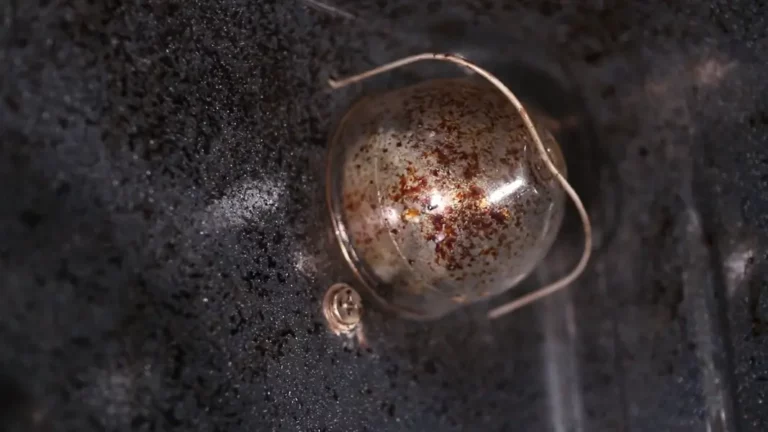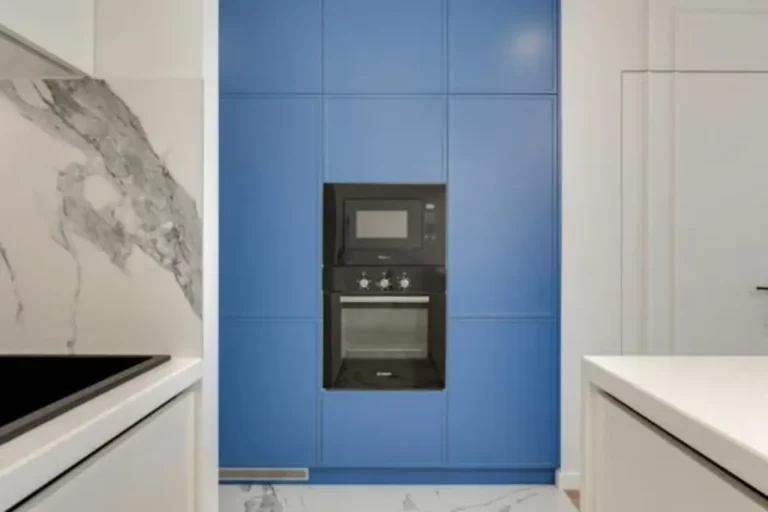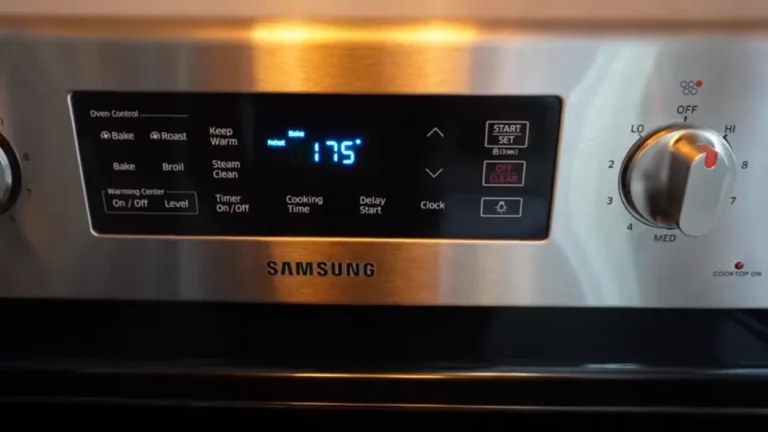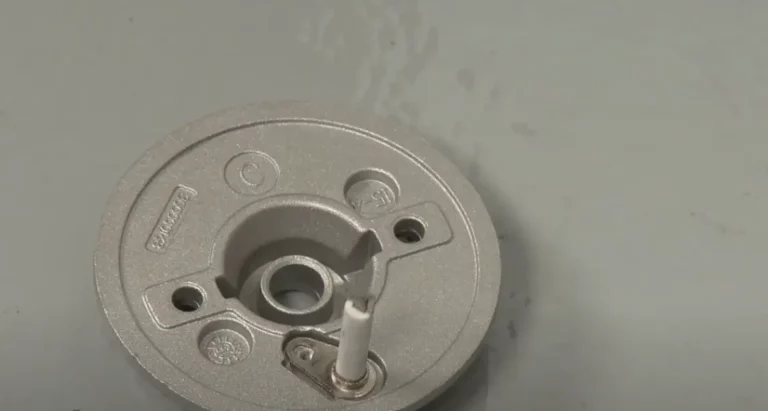Is your Samsung oven not heating up properly or showing inaccurate temperatures? A faulty temperature sensor could be the culprit. If the sensor is faulty, it can cause inaccurate readings, inconsistent cooking results, or even damage to the oven.
Samsung oven temperature sensor plays a critical role in regulating heat, but these parts can fail over time. Read on to learn what causes the Samsung oven temperature sensor problem, and how to fix it.
Key Takeaway
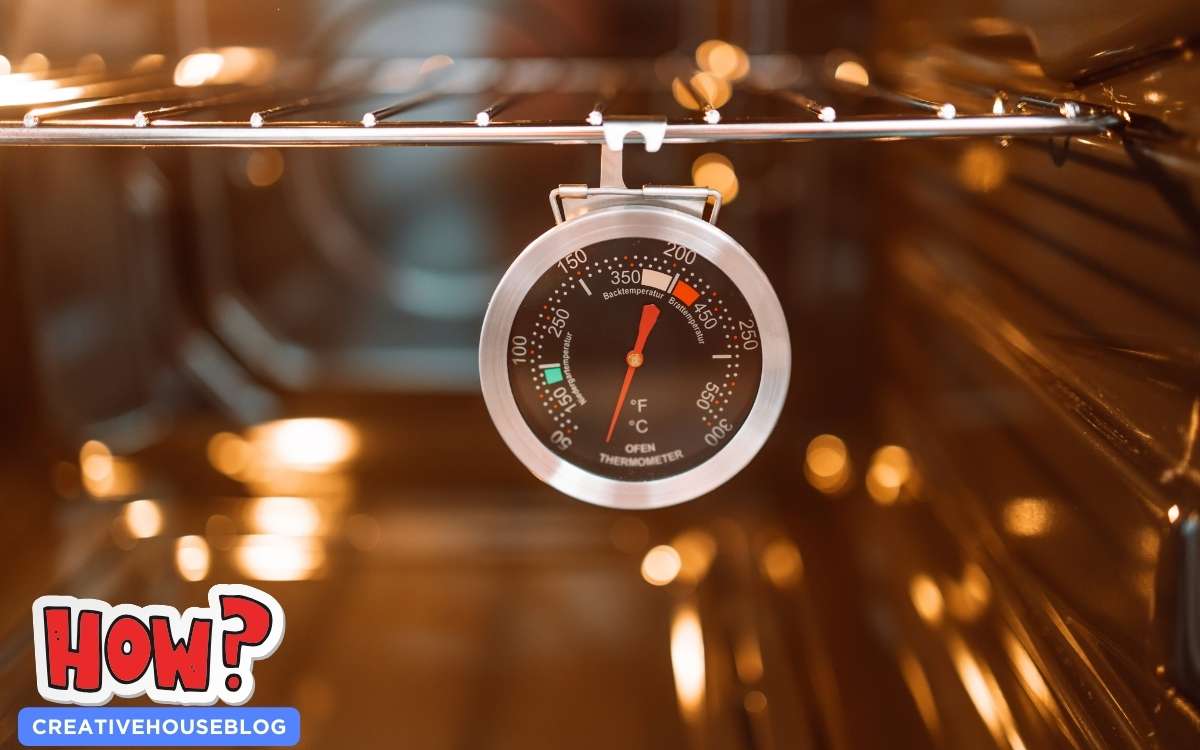
Understanding the Oven Temperature Sensor
The oven temperature sensor detects the internal temperature and communicates the reading to the electronic control board.
This input allows the oven to cycle heating elements or gas flames on and off to maintain the correct baking and broiling temperature.
The temperature sensor is the heart of your oven’s temperature control system. Without accurate temperature readings, your oven can’t regulate heat precisely.
creativehouseblog.com
If the sensor fails entirely, it will trigger an error code or your oven may not heat at all.
3 Signs You Have a Faulty Samsung Oven Temperature Sensor
Pay attention if your Samsung oven shows any of these common symptoms:
- Inaccurate temperatures: If displayed temperatures don’t match the actual internal oven temp or cycle erratically, the sensor could be defective.
- Error code: On many Samsung models, “F1” indicates an issue with the temperature sensor circuit. Error codes E27 and E28 also denotes issue with the temperature sensor for other models. You can refer to your user manual or the Samsung website for the meaning of the error codes.
- Not heating properly: If your food is undercooked even at normal settings, there is a huge chance that your Samsung oven not heating to correct temperature due to sensor issues.
In some cases, you may also notice scorching or uneven heating. When any signs of Samsung oven issues occur, it’s best to test the sensor and replace it if faulty.
Causes of Temperature Sensor Failure in Samsung Ovens
What causes Samsung oven temperature sensors to malfunction?
Here are 4 common reasons why Samsung oven temperature sensor problem occurs:
1. Mechanical Damage
If something impacts the thin, fragile sensor probe inside your oven, physical damage can distort readings. Closing the oven door forcefully or hitting the probe while cleaning could damage some sensor models.
2. Built Up Debris or Grease
Food splatter, oil, and other grime coating the temperature probe insulation over time can impact performance. Cleaning sensors regularly helps avoid debris issues.
3. Electrical Shorts and Corrosion
Electrical shorts, corrosion, and loose wiring connections also commonly impact Samsung oven sensors. If wiring insulation breaks down or components corrode, sensor circuits can fail.
4. Excessive Operating Temperatures
Running your Samsung oven for prolonged periods above 500°F speeds sensor wear. The high heat taxes sensing components and shortens lifespan over time in some models.
Now that you know why Samsung oven temperature sensors fail, let’s review the diagnosis and replacement steps.
Testing a Faulty Samsung Oven Temperature Sensor
Before purchasing Samsung oven temperature sensor replacement parts, double check your oven sensor is truly faulty with a continuity test.
You’ll need a multimeter to assess:
- Closed circuit electrical resistance: Should show very low ohms when cold. Overrange readings indicate a bad sensor.
- Thermal response: Resistance should rise as the sensor probe warms up. Erratic changes can confirm defects.
- Wiring integrity: Check wires for damage, loose connections, or shorts.
If testing confirms your Samsung oven’s temperature sensor is defective, replacement is needed.
How to Fix Samsung Oven Temperature Sensor Problem?
If the sensor is confirmed to be faulty, you have two options: Replace the sensor yourself or call a professional. Replacement sensors are readily available online and at appliance stores.
While replacement procedures vary between Samsung oven models, the general process involves:
- Disconnect power and remove the racks/parts for access.
- Detach bad sensor wiring from the oven control board.
- Extract the sensor probe and tube from the oven cavity wall.
- Install the new Samsung oven sensor probe in the cavity.
- Attach replacement sensor wires to control board terminals.
- Reset the oven and do a Samsung oven temperature calibration if required.
Always double-check the new sensor operation before reassembling oven components.
Expect to spend $40-60 for a replacement Samsung oven temp sensor and plan on 30-90 minutes for the repair.
You can follow the steps above to diagnose and fix the Samsung oven temperature problem. However, if you’re not comfortable tackling the repair yourself, contact a qualified appliance repair technician.
creativehouseblog.com
How to Prevent the Samsung Oven Temperature Sensor Problem?
To prevent the Samsung oven temperature sensor problem from happening again, you can follow some simple tips, such as:
- Clean the oven regularly and remove any grease, food particles, or debris that may interfere with the sensor or the vent.
- Avoid opening the oven door too often or too long, as this can affect the oven’s temperature and performance.
- Use the correct cookware and bakeware for your oven and avoid overloading or crowding the oven.
- Follow the manufacturer’s instructions and recommendations for using and maintaining your oven.
- Avoid using harsh or abrasive cleaners or tools that may damage the sensor or the control board.
- Protect your oven from power surges or outages by using a surge protector or a backup generator.
Frequently Asked Questions[ FAQs]
Is it safe to use my oven with a bad sensor?
Operating a Samsung oven with a confirmed defective temp sensor can risk improper heating, burns, or fire. Avoid using your oven until the sensor gets fixed.
Where is the oven temperature sensor located?
In most Samsung ovens, the temp sensor probe is installed through the top, side, or rear oven cavity walls. Wire harness connections link sensors to the main control board.
How often should I clean the temperature sensor?
Ideally, you should clean the temperature sensor every time you clean your oven. This will prevent grease and food residue from accumulating and affecting its accuracy.
Can I fix a Samsung oven temperature sensor problem myself?
Yes, you can fix a Samsung oven temperature sensor problem yourself, if you have some basic skills and tools. However, if you are not confident about doing it yourself, you can always contact a professional technician.
Can I use a generic temperature sensor instead of the original Samsung part?
While generic sensors might be cheaper, it’s always recommended to use the original Samsung part for optimal performance and compatibility.

